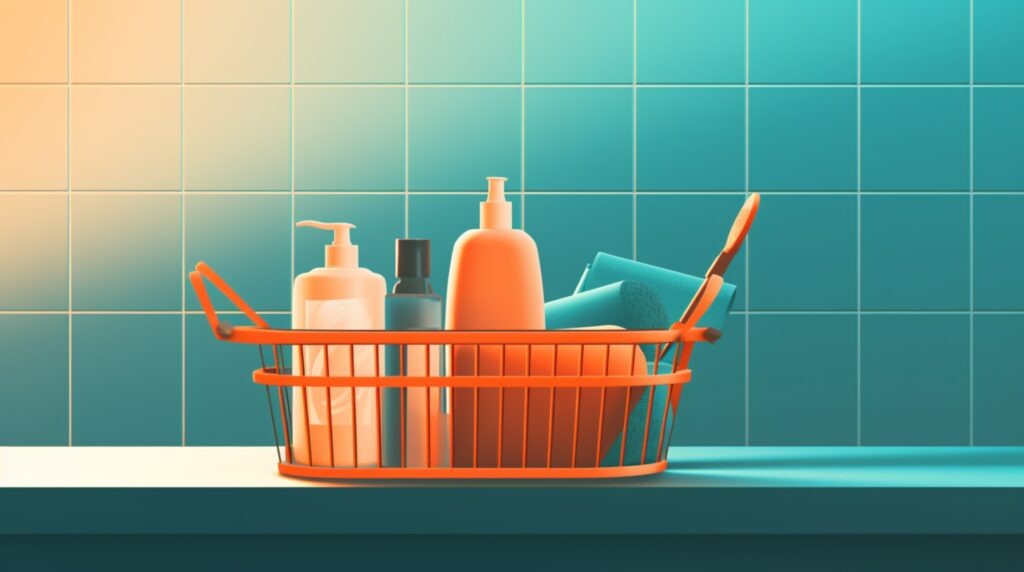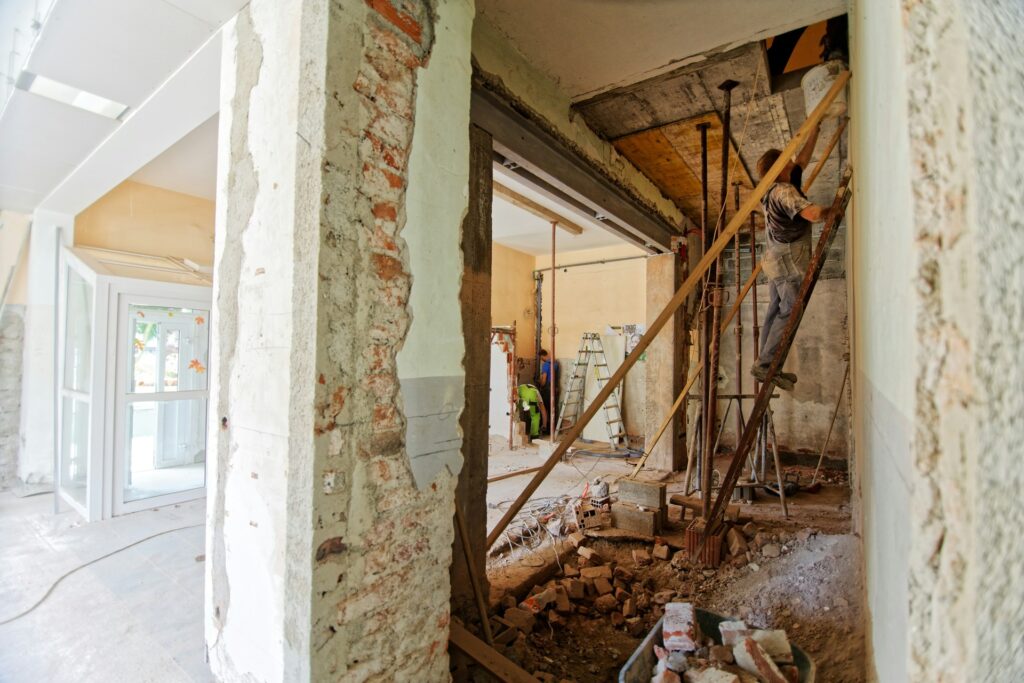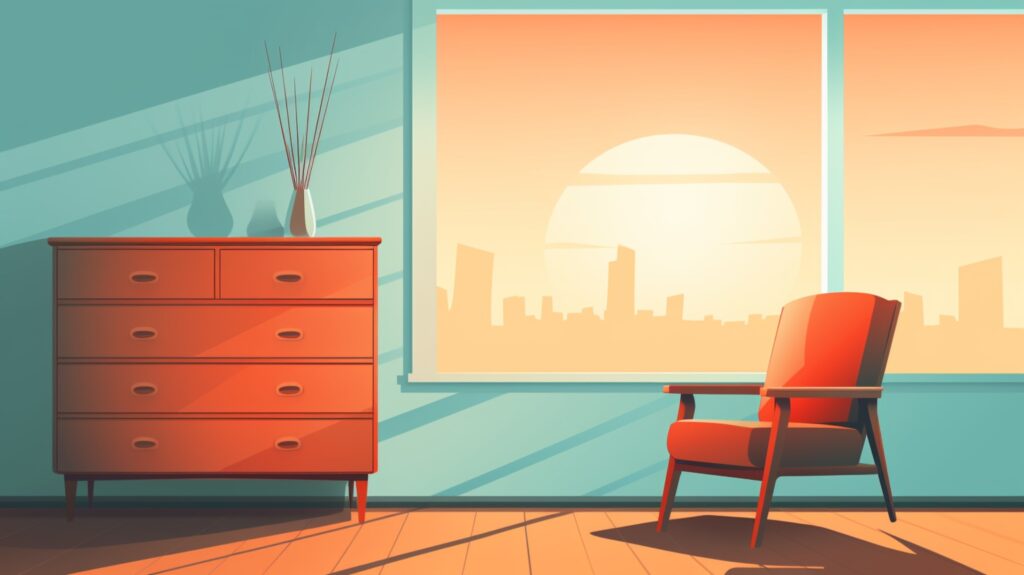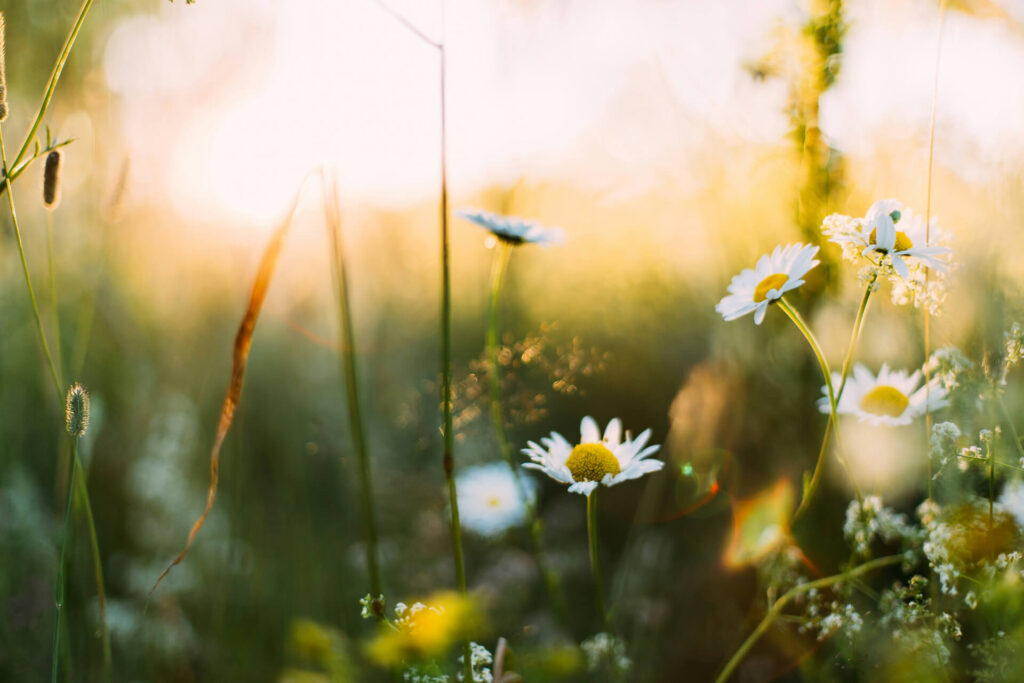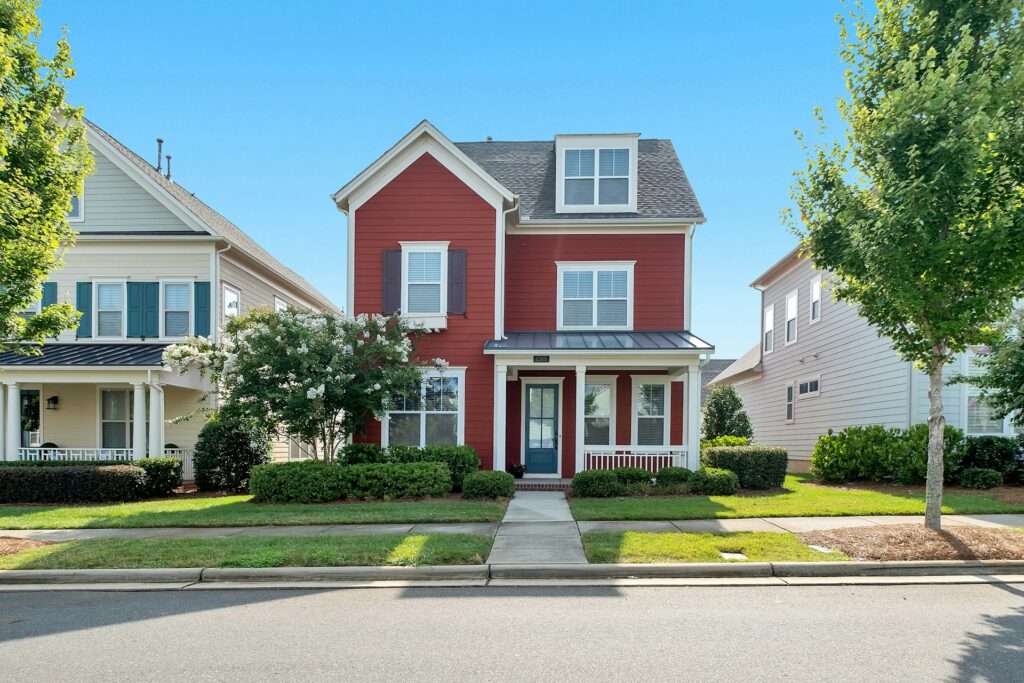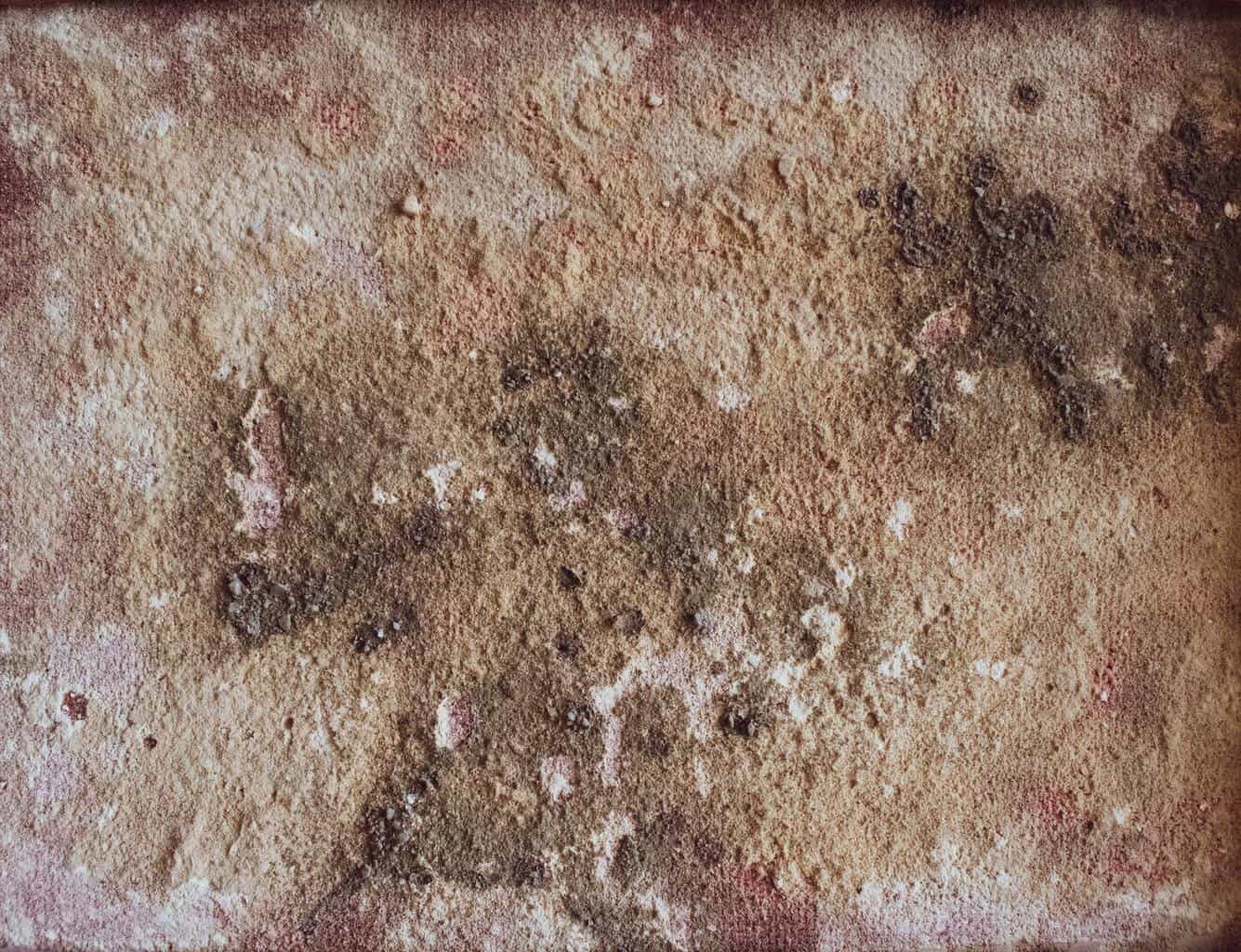
We are reader-supported. When you buy through links on our site, we may earn an affiliate commission.
We have some bad news: there are thousands of species of mold, and they all have the potential of growing in your home, posing health risks and causing damage. However, the good news is that there are specific steps to preventing and eliminating mold growth. One of the first steps is identifying the mold, and here, we’ll discuss nine prevalent types that occur in homes and buildings.
Mold grows anywhere with ample moisture. It proliferates indoors and outdoors in various colors, shapes and sizes, and the age of your home does not make you more susceptible to developing mold.
It can enter your home in numerous ways, whether it be on clothes, pets and shoes, or even through vents, HVAC systems and open windows or doorways. The secret to avoiding this health hazard is to make your home undesirable to mold growth.
Mold Prevention
To prevent mold growth in your home, you’ll want to eliminate moisture and leaks and control water problems. Use fans and air purifiers to reduce mold spores and excess moisture.
Moisture hotspots include the following:
· Steamy bathrooms
· Damp basements
· Plumbing leaks or drips
· Frequent condensation on surfaces
Many types of mold emit an odor. If you sense a musty smell, follow it to the source. Mold can grow in areas you might not suspect.
Types of Mold
Now that you know where to look for mold, here are the most common types of mold you might find in your home.
1. Acremonium
Acremonium could be a variety of colors, including orange, white, pink or gray. While it typically begins as minor, moist mold, it evolves into a powdery consistency. If you come across acremonium, it’s likely that you’ll find it in window sealants, humidifiers, cooling coils and drain pans.
This variety of mold is a known carcinogen. Exposure can lead to impaired brain function and immune system, bone marrow and organ disease.
2. Alternaria
Alternia is a common mold that frequently appears in damp areas of the bathroom or outside the home. It reproduces fast, and can often occur from water damage.
In addition, alternaria can cause allergic reactions and asthmatic symptoms.
3. Aspergillus
There are over 185 species of Aspergillus, which come in many colors. It’s a prevalent household mold that is typically allergenic, but could become more toxic, depending on the environment and species.
Aspergillus exposure can lead to lung infection, respiratory inflammation and asthma attacks. Furthermore, in rare cases, it may produce aflatoxins, which are poisonous carcinogenic compounds.
4. Aureobasidium
Typically a combination of pink, black and brown, Aureobasidium is an allergenic mold frequently found on wooden surfaces, behind wallpaper and on painted walls.
Moreover, aureobasidium can cause skin rashes and induce eye, skin and nail irritation and infections. Always wear proper safety protection before interacting with this mold, so you do not develop symptoms.
5. Chaetomium
Chaetomium frequently produces a musty smell. It commonly grows on water-damaged drywall and may appear to have a cotton-like texture. Also, as it matures, this fungi changes from light to dark colors, and could be dark blue, brown or gray.
In addition, it can cause nail and skin infections, so immunocompromised people should stay away from chaetomium.
6. Cladosporium
Cladosporium can grow in warm or cold conditions and is common in carpets, fabrics and upholstered furniture. It may also be present inside cabinets or wooden floors.
As for the danger it brings, Cladosporium can cause respiratory issues and allergic reactions.
7. Fusarium
Fusarium spreads quickly in wet, cold areas and can typically be found in buildings with water damage. This type of mold can also thrive in fabric, carpeting and wallpaper.
Furthermore, the fusarium species is classified as both toxic and allergenic because it can cause allergic reactions and infections. As a result, prolonged exposure can lead to fatal brain infections under rare conditions.
8. Stachybotrys Chartarum
Stachybotrys, commonly known as black mold or toxic mold, is typically greenish-black in color and occurs where there is constant moisture. It frequently grows on fiberboard, gypsum board and paper.
Moreover, this species produces mycotoxins, which cause various severe health issues. Some experts have suggested early exposure to black mold can also lead to neurological problems in children.
9. Trichoderma
A typical mold that occurs in wet areas, Trichoderma can multiply quickly. More often than not, if you find trichoderma, you’ll probably come across it on carpets, wood and fabric, and in damp areas with high humidity.In most cases, trichoderma is white with green patches and has a furry texture.
It should be noted that these fungi can cause lung infections like pneumonia, as well as asthmatic attacks and prolonged coughing.
Removing Common Molds
In closing, using the descriptions above, try to identify the mold type found in your home. If you suspect it may be toxic, contact a professional. You can remove small amounts of non-threatening mold on your own, but large mold infestations of any variety will require an expert to eradicate.
Remember that mold spores can travel through air and water, so when cleaning, always wear goggles, rubber gloves and a breathing mask. If an object has become moldy, throw it away. It’s not possible to remove mold from food or rotten materials.
Once you have eliminated the mold, clean the area thoroughly and watch for recurring growth. Remove the source of dampness. However, if that is not possible, then clean the area regularly with bleach to reduce the spread of fungi.
Mold might be a regular part of life, but it doesn’t mean you have to live with it in your home.






